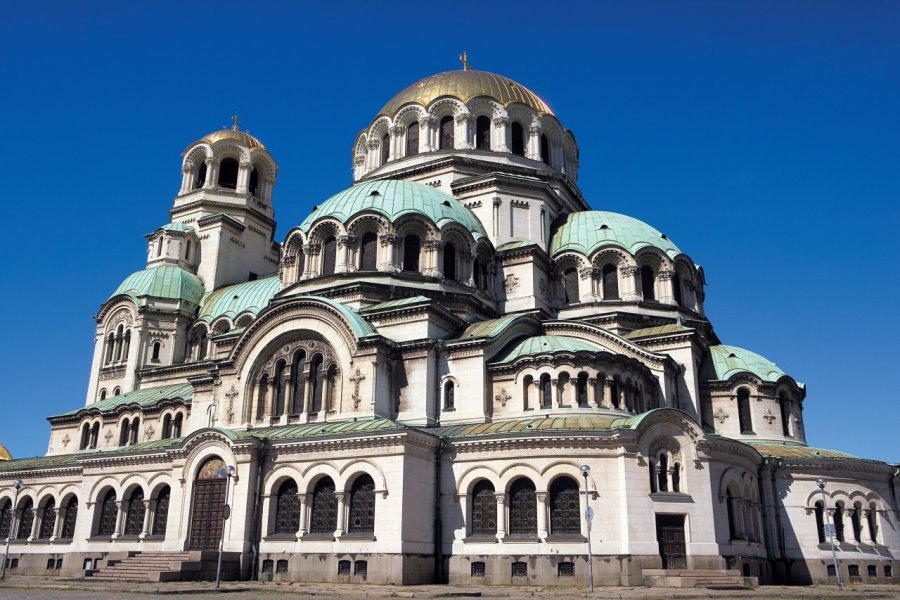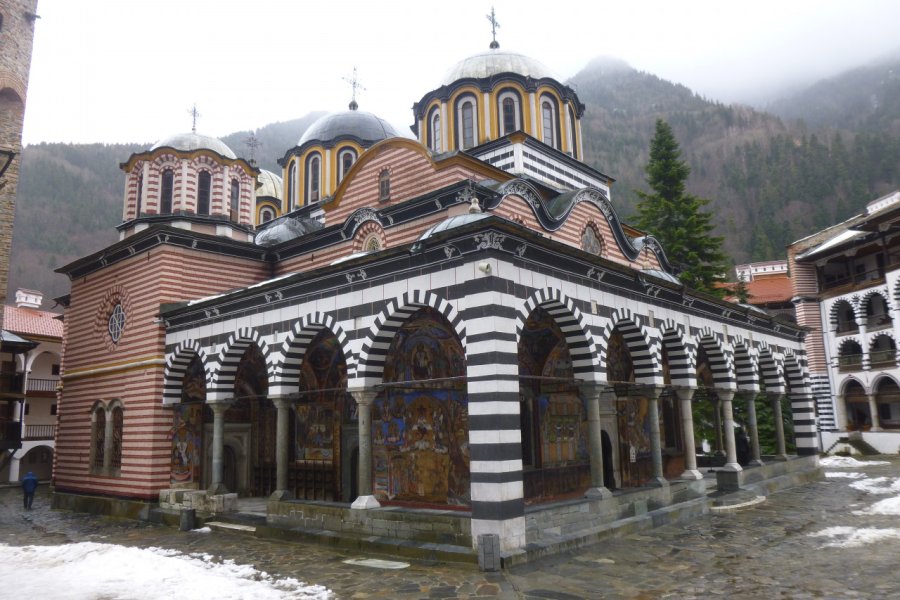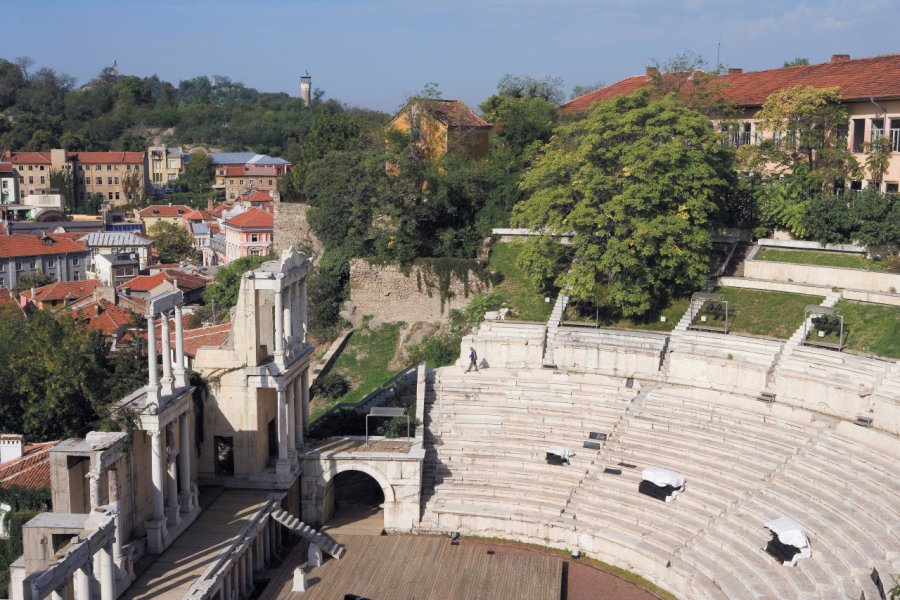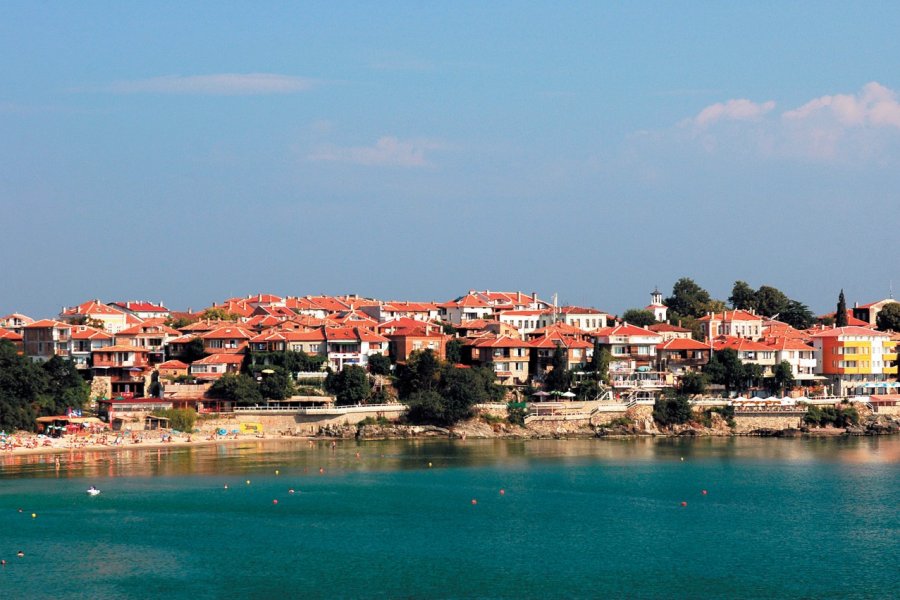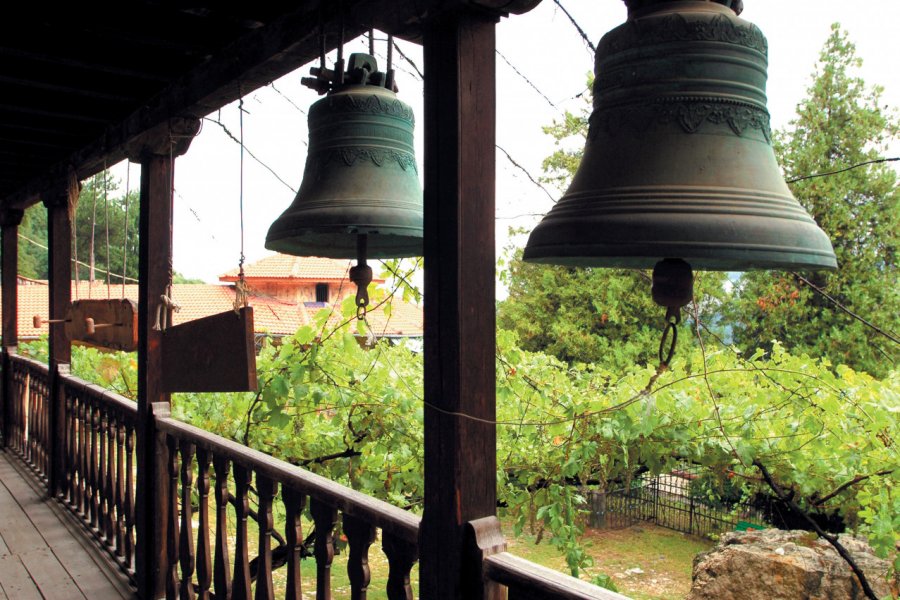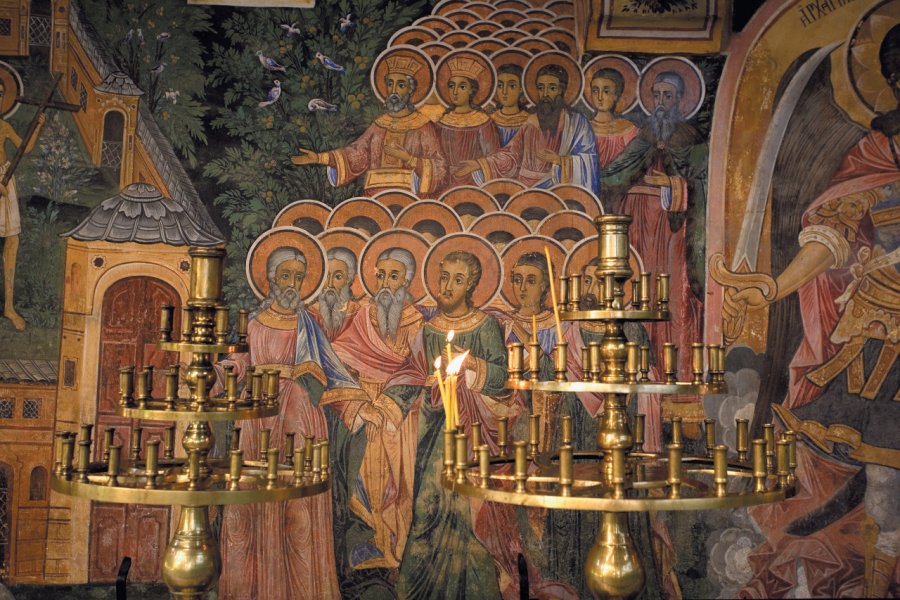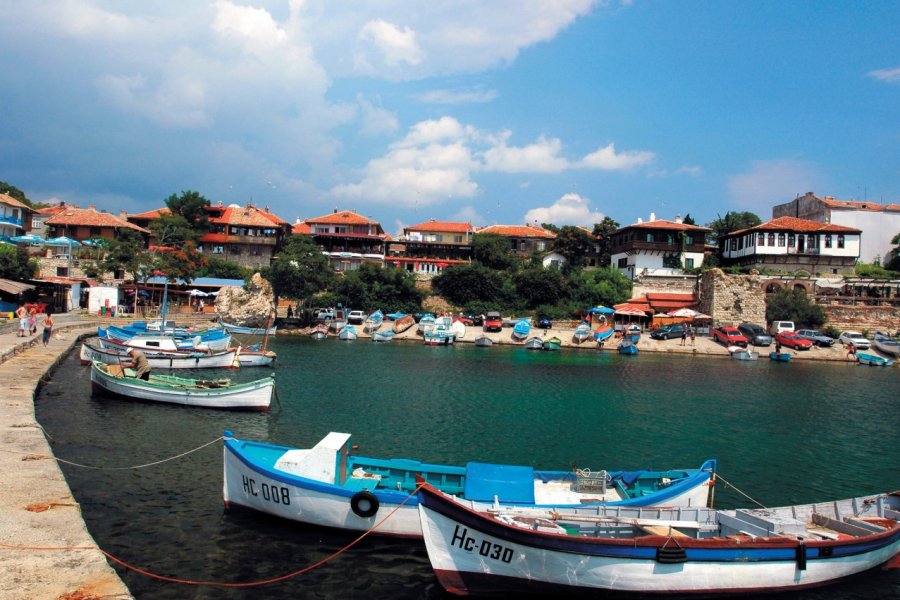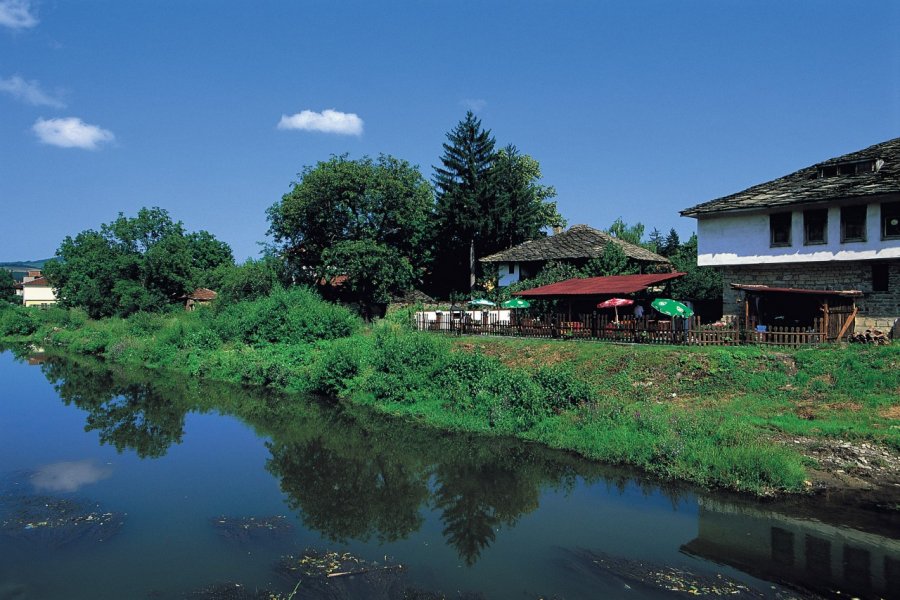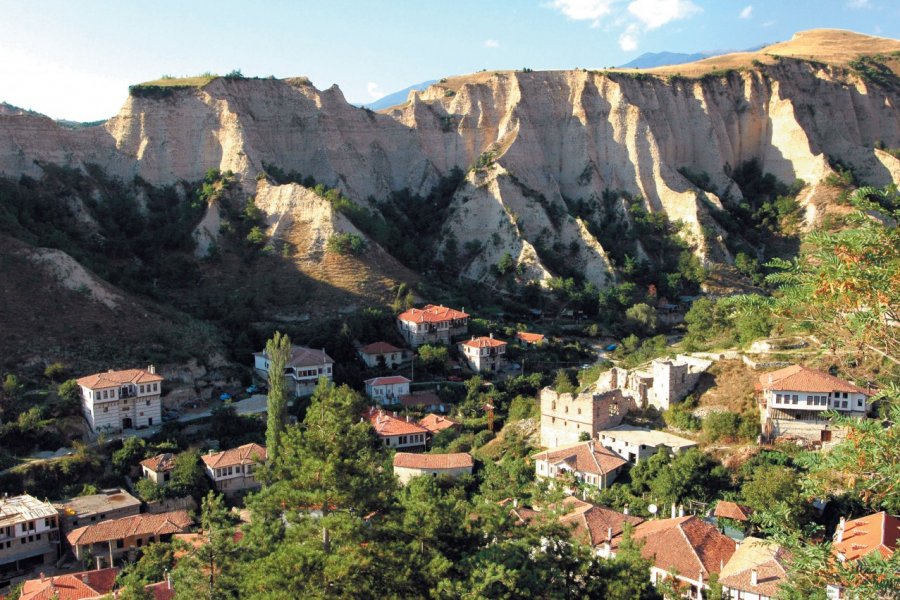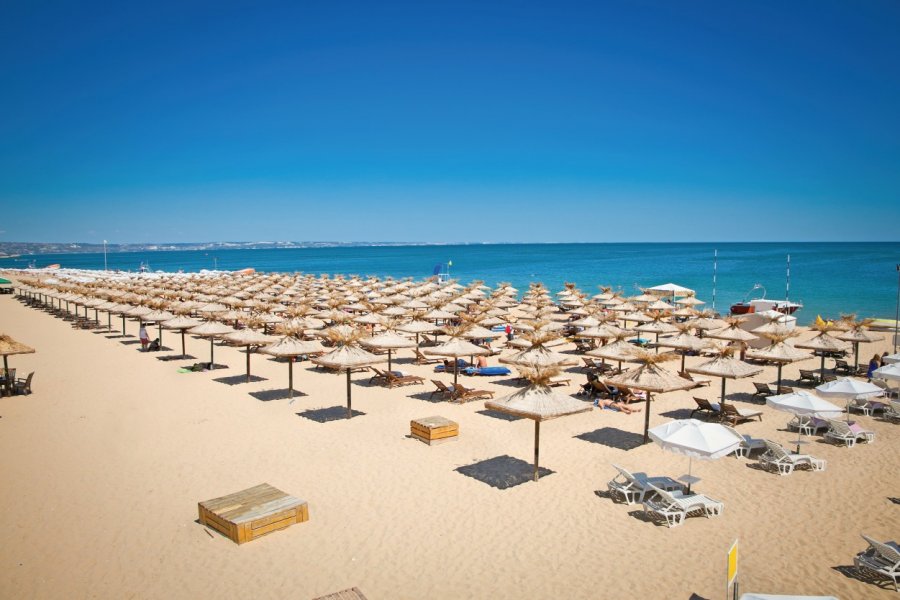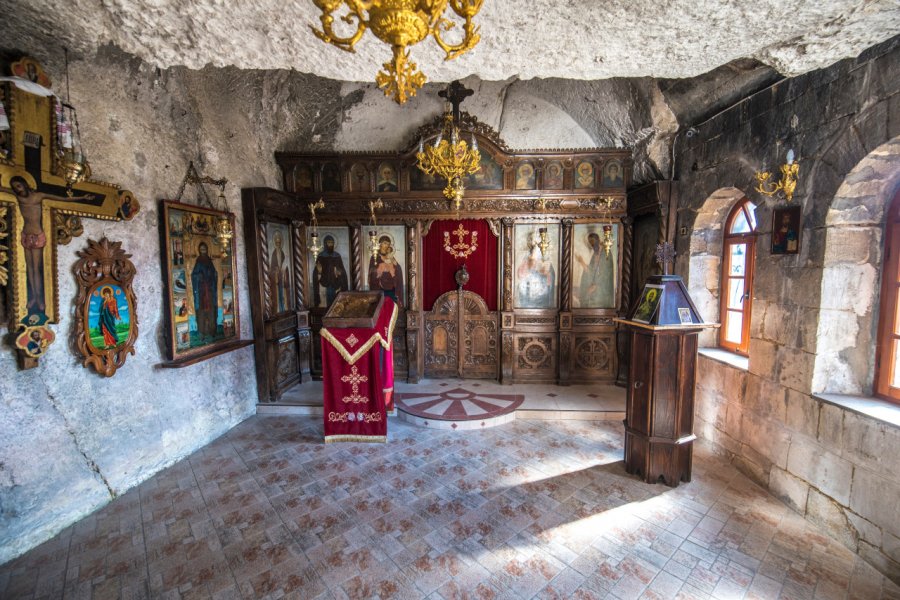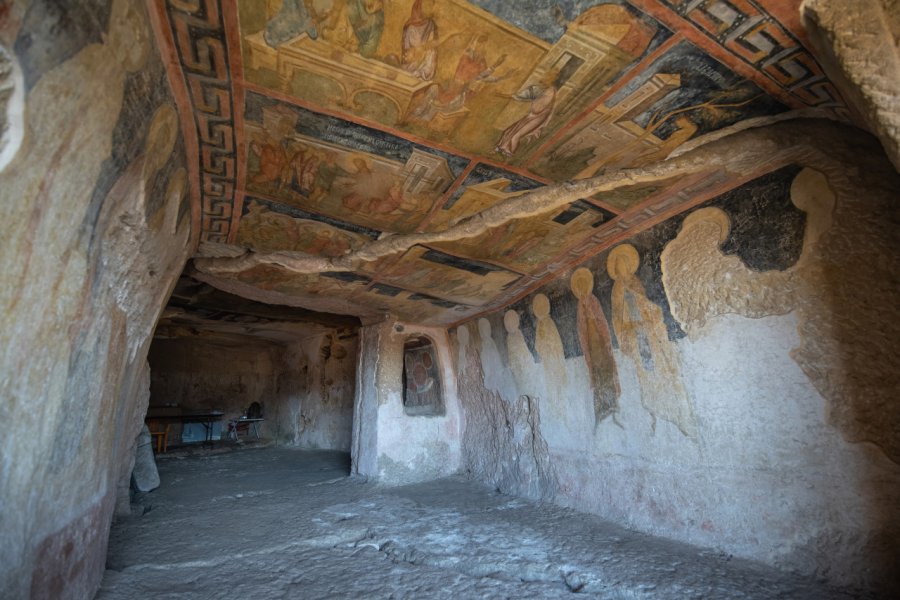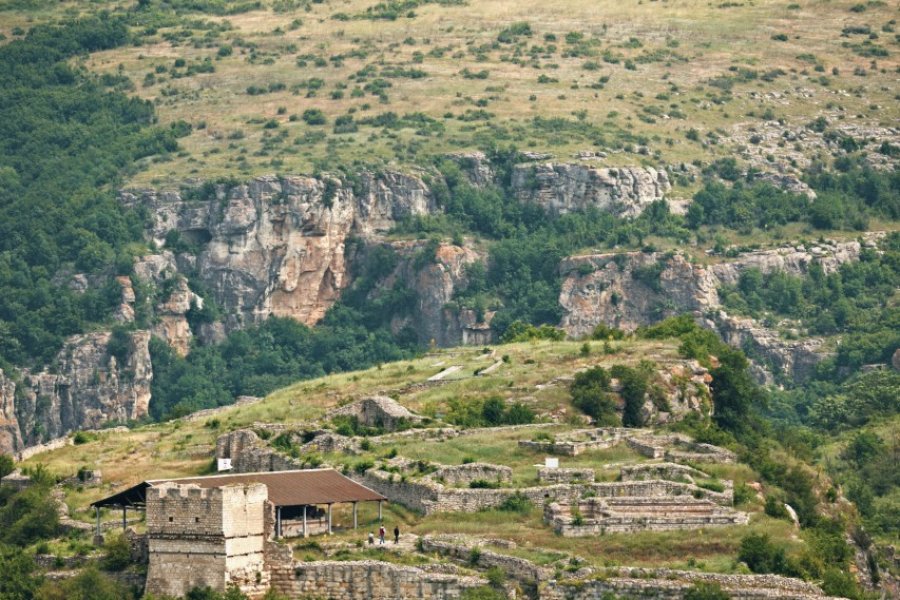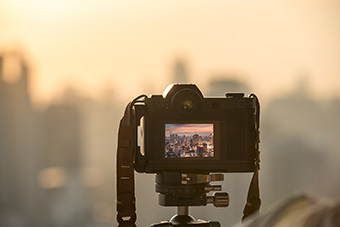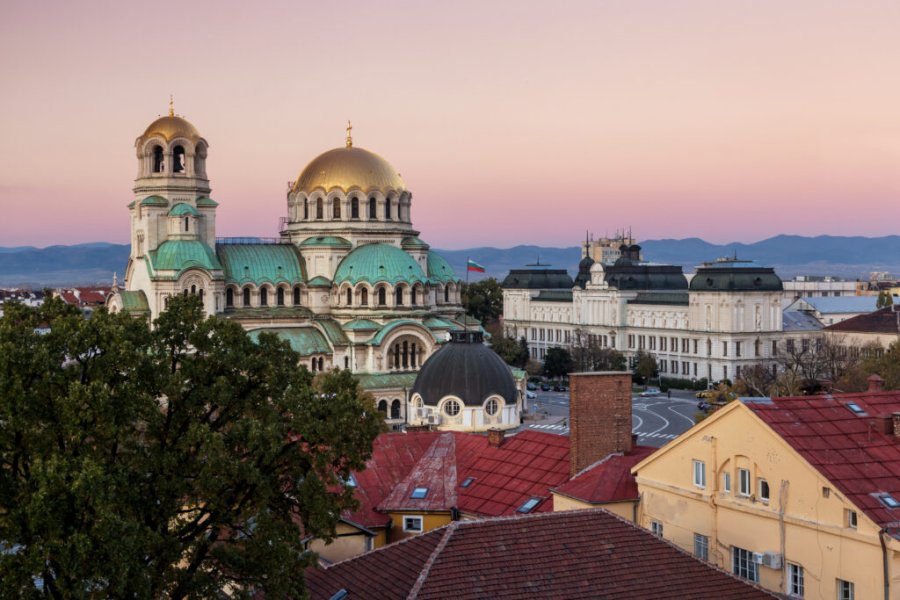Why go to Bulgaria? The 10 good reasons to go Bulgaria

For its lakes
Natural or artificial, in the plains or in the mountains, the lakes are all jewels.

For architecture
From the old monasteries to the buildings of the national Renaissance, the heritage impresses.

For biodiversity
The nature in Bulgaria keeps its rights and the richness of the avifauna testifies it.

For Cyrillic
Learn to read the Cyrillic on the signs as a game.

For the mountain
Hiking or skiing, in any season the Bulgarian mountains attract sportsmen.

For landscapes
Mountains and valleys, plains and the Black Sea, the landscapes vary and compete in beauty.

For the Danube
Border with Romania, the majestic river invites to contemplation.

For the story
From the Ottoman occupation to the communist era, the country has a fascinating history.

For its festivals
Bulgaria is distinguished by its cultural heritage and year-round entertainment.

For its thermal baths
With 600 mineral water springs with curative properties, Bulgaria invites you to spa.
What to visit Bulgaria?

Interview: My Bulgaria
with Sarah Dehaut, the author of the guidebook.
Discover Sarah Dehaut, who is passionate about travel, cultures and languages of the world, and who has been writing for Le Petit Futé for over two years. Before writing this guide, she had already travelled several times to Sofia, but also to countries where Cyrillic is used (Ukraine, Serbia). Sarah shares with you her good addresses in Bulgaria for a unique, complete and colourful experience.
See the video of the interviewGood to know to visit Bulgaria
 Timetable
Timetable
Museums and sites of interest are generally open from 10am to 5pm, more or less depending on the season. Monasteries can be visited every day, when most museums close on public holidays and often one day in the week which varies according to the museum.
 To be booked
To be booked
You can visit all cultural places without reservation.
 Budget & Tips
Budget & Tips
Museum entrance fees are quite low compared to Western Europe. At historical sites and monasteries, parking is usually charged (between 2 and 5 leva).
 What's very local
What's very local
You will quickly realize that the city center of the main Bulgarian cities is pedestrianized. Sofia escapes the rule, except for the narrow streets in the center and the famous Vitosha Boulevard. In the other cities, a central square is usually used as a landmark, and all around it wind streets closed to motorized vehicles. This makes the visit all the more pleasant as the centers are also the historical districts and places to visit and, therefore, the ones where you will spend most of your time.
